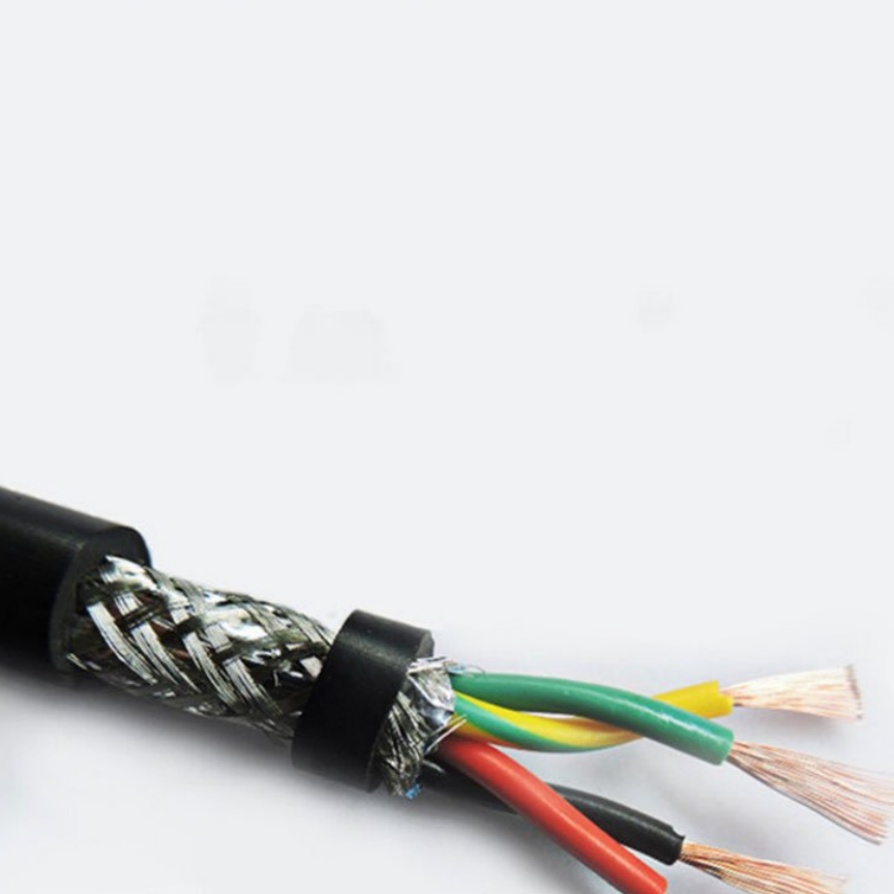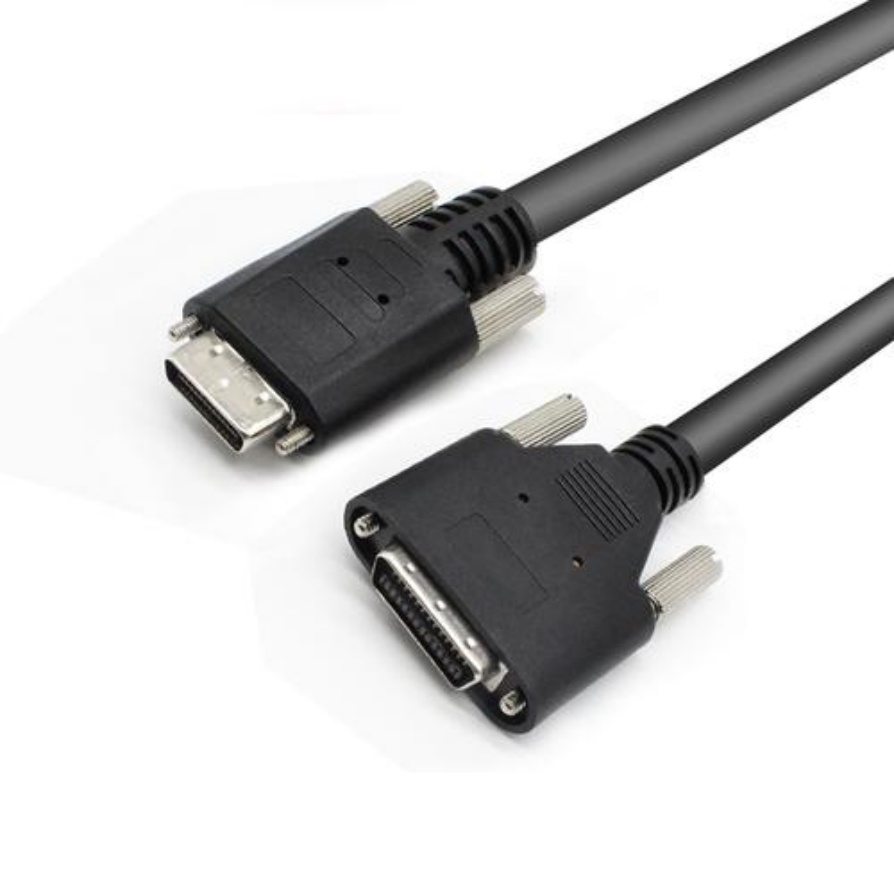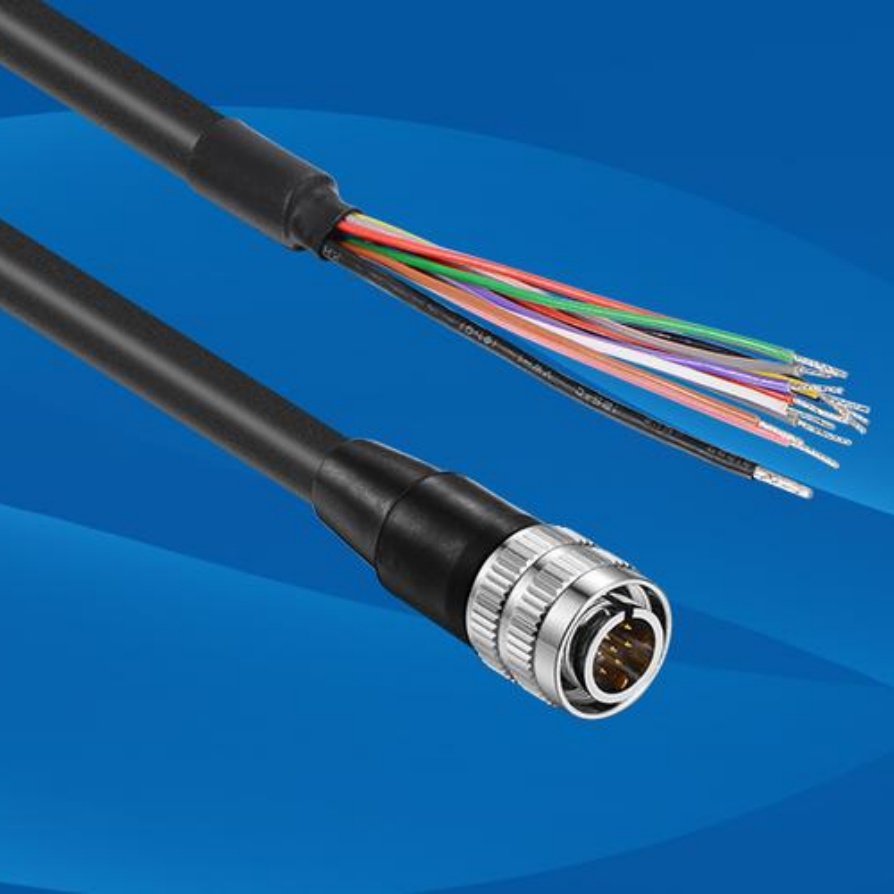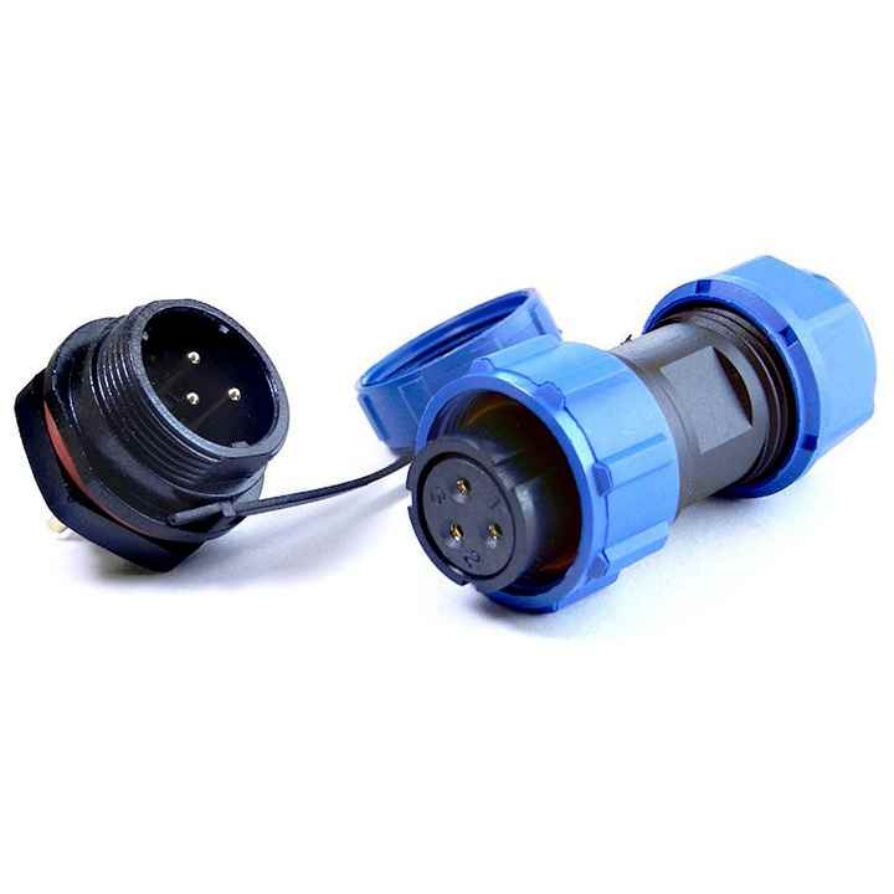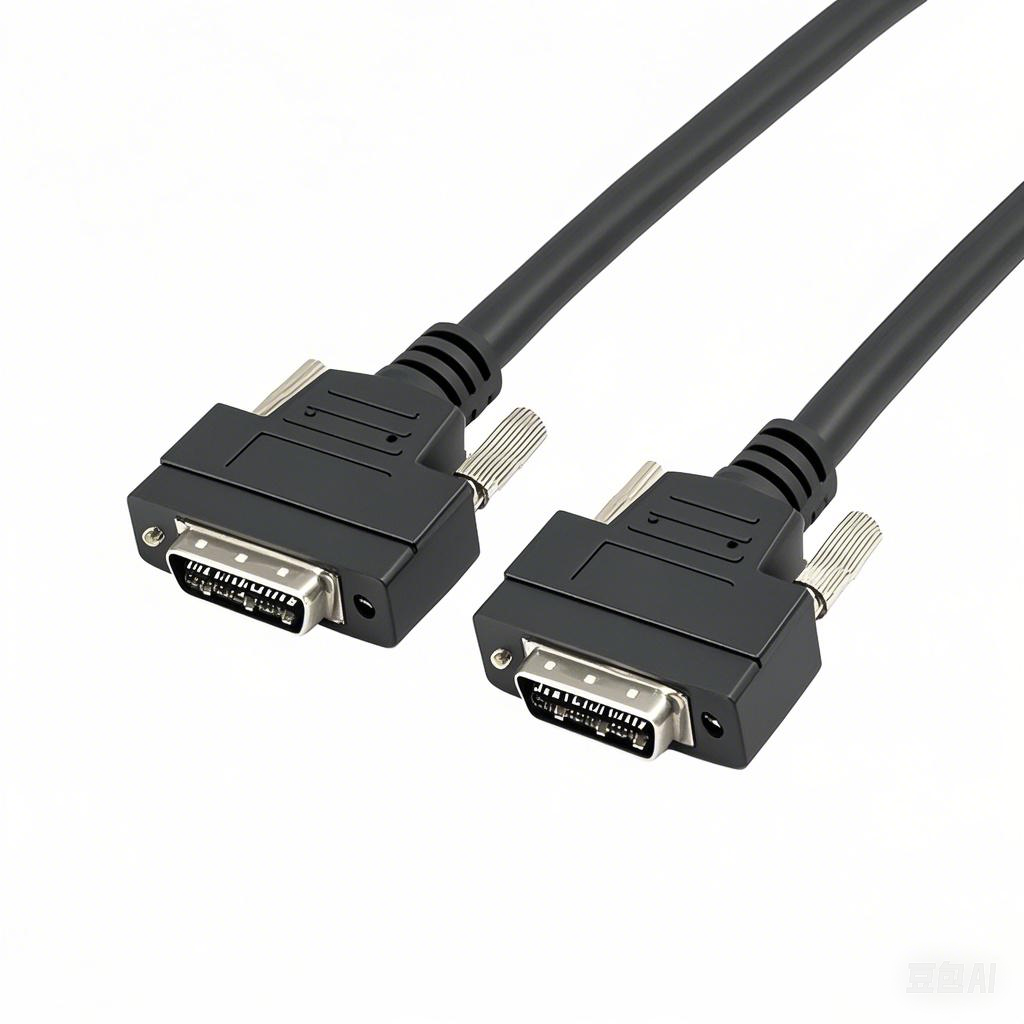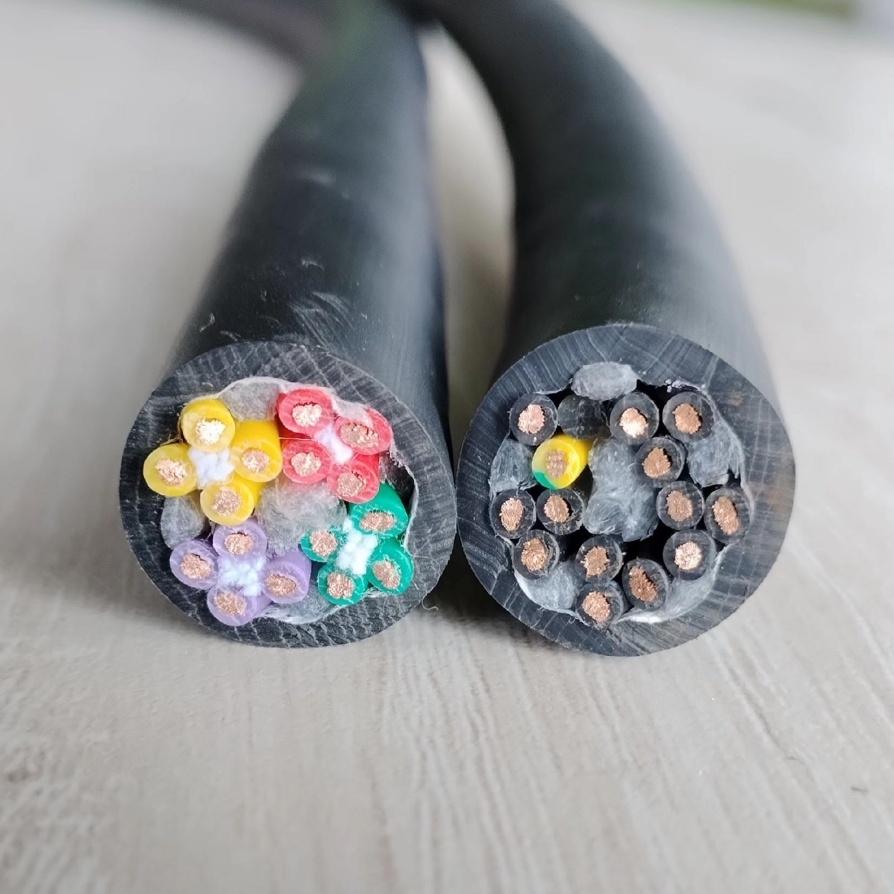Machine Vision Cables Powering Semiconductor Inspection Tools
Introduction
Semiconductor fabrication is a dance of atomic-scale precision, where a single defective via or particle contamination can render a wafer worthless. As chipmakers transition to 3nm processes and adopt advanced packaging techniques like chiplets, inspection tools must capture and analyze terabytes of data per hour with sub-angstrom accuracy. Machine vision cables, often overlooked yet mission-critical, bridge the gap between high-speed imaging sensors and computational systems, ensuring that defects are identified before they escalate into billion-dollar yield losses.
2. The Role of Machine Vision in Semiconductor Manufacturing
2.1 Inspection Challenges at Advanced Nodes
- Resolution Requirements: Detecting defects smaller than 10nm using EUV (extreme ultraviolet) microscopy.
- Throughput Demands: Scanning 300mm wafers in minutes with multi-beam SEMs (scanning electron microscopes).
- Environmental Constraints: Operating in cleanrooms (ISO Class 1) with strict outgassing and EMI regulations.
2.2 Key Inspection Tools
- EUV Pellicle Inspection: Real-time monitoring of pellicle integrity during lithography.
- Hybrid Bonding Metrology: 3D imaging of interconnects in stacked dies.
- Hyperspectral Imaging: Identifying material inconsistencies in compound semiconductors (e.g., GaN).
3. Machine Vision Cable Requirements for Semiconductor Tools
3.1 Ultra-High-Speed Data Transmission
- Bandwidth Needs:
100+ Gbps for multi-beam SEMs generating 4K images at 100 fps.
CoaXPress 2.0 or Camera Link HS cables supporting 12.8 Gbps per lane.
- Low Latency: Sub-microsecond delays to synchronize inspection robots and vision systems.
3.2 Signal Integrity in Electrically Noisy Environments
- EMI/RFI Shielding: Quad-shielded coaxial cables with >95% coverage to block interference from ion implanters and RF plasma etchers.
- Impedance Stability: 50Ω or 75Ω impedance matching to prevent reflections in high-frequency (26.5+ GHz) applications.
3.3 Cleanroom Compatibility
- Material Purity: Fluoropolymer (FEP/PFA) jackets with low outgassing (<1×10⁻⁶ Torr·L/s) to avoid vacuum chamber contamination.
- Particle Shedding: Cables meeting SEMI F72-0300 standards for particle counts.
3.4 Mechanical Durability
- Flex Life: 10+ million cycles for cables in robotic wafer handlers.
- Temperature Resistance: -60°C to +200°C operation for cryogenic SEM stages and thermal inspection chambers.
4. Cable Innovations Driving Inspection Advancements
4.1 Optical Fiber Breakthroughs
- Multimode Fiber Arrays: Transmitting 16-channel hyperspectral data over OM4 fibers with <0.25 dB/km loss.
- Polarization-Maintaining Fibers: Preserving light coherence in interferometric metrology systems.
4.2 Shielded Twisted Pair (STP) Cables
- Noise Immunity: STP with individual foil shielding for each pair in AOI (automated optical inspection) systems.
- Power Over Cable (PoC): Delivering 48V power alongside data to reduce cable clutter.
4.3 Modular Connector Systems
- Nano-Size Connectors: Hirose DF62 series for space-constrained inspection robots.
- Vacuum-Rated Connectors: Metal-ceramic interfaces for ultra-high-vacuum (UHV) inspection chambers.
5. Case Study: Enabling High-Volume EUV Lithography
- Challenge: A leading foundry faced signal dropout in EUV mask inspection tools due to cable-induced noise.
- Solution:
Replaced legacy cables with double-shielded coaxial lines featuring gold-plated contacts.
Deployed air-cooled fiber optic cables to dissipate heat in high-power EUV beam paths.
Implemented in-situ cable health monitoring via embedded impedance sensors.
- Result:
99.99% signal integrity achieved during 24/7 mask inspection.
Wafer scrap rate reduced by 22% through earlier defect detection.
6. Testing and Certification for Semiconductor-Grade Cables
- Signal Integrity Tests: TDR (Time-Domain Reflectometry) and VNA (Vector Network Analyzer) validation up to 40 GHz.
- Environmental Stress Tests:
Thermal cycling (-65°C to +150°C) per MIL-STD-883.
Vibration testing simulating wafer handling robots (20–2000 Hz, 50G shocks).
- Cleanroom Compliance: ISO 14644-1 particle count certification.
7. Future Trends in Inspection Cable Technology
7.1 Quantum-Safe Bandwidth
- Terahertz Cables: Enabling sub-picosecond imaging for 2nm node defect analysis.
- Superconducting Cables: Near-zero resistance links for cryo-electron microscopy.
7.2 AI-Driven Predictive Maintenance
- Smart Cables: Embedded fiber Bragg gratings detecting micro-bends or connector wear.
- Digital Twins: Simulating cable performance degradation in virtual fab models.
7.3 Sustainable Materials
Bio-Based Jackets: Plant-derived materials meeting cleanroom outgassing standards.
Recyclable Fluoropolymers: Reducing PFAS environmental impact without sacrificing performance.


